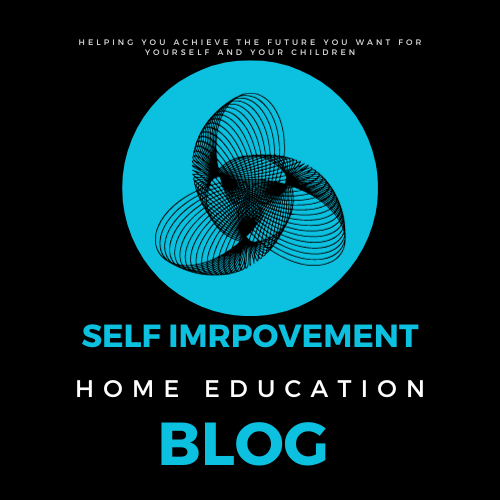
In recent times, homeschooling has gained significant momentum as parents
explore alternative education options for their little ones. The flexibility and
personalized approach that homeschooling offers make it an attractive choice,
especially for the crucial early childhood years. In this blog post, we’ll delve into
the world of homeschooling and explore how to cater to different learning styles,
focusing on hands-on activities for preschoolers aged 2-5.
Understanding Learning Styles
Every child is unique, and so are their learning styles. Some children thrive through
visual stimuli, while others may grasp concepts better through auditory or kinesthetic
means. As a homeschooling parent, identifying your child’s learning style can be a game-
changer. Incorporating various methods ensures a well-rounded educational experience.
Visual Learners: Use colorful charts, pictures, and videos to enhance learning.
Incorporate visual aids into lessons and make use of educational apps that offer
interactive visual content.
Auditory Learners: Engage these learners through storytelling, music, and
educational podcasts. Encourage discussions and ask open-ended questions to
stimulate their listening skills.
Kinesthetic Learners: These little ones thrive on hands-on experiences. Providing
opportunities for movement, touch, and exploration is crucial. Tailor your lessons
to include activities that involve touching, building, and manipulating objects.
Teaching Preschool: Early Childhood (Age 2-5)
1. Create a Structured Routine:
Establishing a routine provides a sense of stability for young children.
Schedule short, engaging activities, allowing for breaks and playtime. A consistent
routine helps children feel secure and aids in the learning process.
2. Hands-On Activities:
For preschoolers, hands-on activities are key to promoting cognitive and motor skill
development. Consider activities such as:
Sensory Bins: Fill containers with materials like rice, beans, or sand. Add small
toys or objects for a tactile exploration experience.
Arts and Crafts: Encourage creativity with simple art projects using safe,
age-appropriate materials. Finger painting, drawing, and crafting help develop
fine motor skills.
Nature Walks: Take learning outdoors. Explore the natural world, observe plants
and animals, and discuss basic science concepts.
3. Incorporate Play-Based Learning:
Play is a child’s language, and it’s a powerful tool for learning. Use games and interactive
play to teach counting, colors, and social skills. Educational board games and puzzles
can make learning enjoyable.
4. Use Everyday Experiences:
Learning doesn’t always have to happen at a desk. Involve your child in everyday activities
like cooking, gardening, or grocery shopping. These experiences provide practical learning
opportunities and foster independence.
Conclusion
Homeschooling during the preschool years can be a rewarding journey, filled with
exploration and discovery. By understanding and catering to your child’s learning style
and incorporating hands-on activities, you create an enriching environment that lays a
solid foundation for their educational future. Remember, the key is to make learning a fun
and interactive experience that sparks curiosity and a love for knowledge.
Post Disclaimer: The information on this website is public information and is not
individual legal advice. Readers should not rely on or take any action based upon
the information on this website and professional advice should be obtained particular
to the legal circumstances one is facing. While we strive for accuracy, it is possible
that the information on our site may contain errors or omissions. We disclaim any
liability for any such errors or omissions.
Affiliate Links Disclaimers: Some of the links on this website are “affiliate links.”
This means if you click on the link and purchase the item, we will receive an affiliate
commission. We disclose this in accordance with the Federal Trade Commission’s
16 CFR, Part 255: “Guides Concerning the Use of Endorsements and Testimonials
in Advertising.
